Advertisements
Advertisements
Question
A prism ABC (with BC as base) is placed in different orientations. A narrow beam of white light is incident on the prism as shown in Figure . In which of the following cases, after dispersion, the third colour from the top corresponds to the colour of the sky?
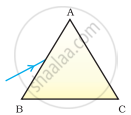 |
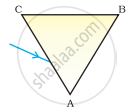 |
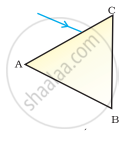 |
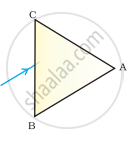 |
| (i) | (ii) | (iii) | (iv) |
Options
(i)
(ii)
(iii)
(iv)
Solution
(ii)
Explanation -
If Prism is kept with base BC at the bottom, then the emerged band of colour would show violet at the bottom.
If Prism is kept with base BC at the top, then violet would be at the top, followed by indigo and blue.
APPEARS IN
RELATED QUESTIONS
Out of rods and cones m the retina of your eye:
which work in dim light?
List, in order, the parts of the eye through which light passes to reach the retina.
What shape are your eye-lenses:
when you look at a distant tree?
Name the following:
The photoreceptors found in the retina of the eye.
What is meant by power of accommodation of the eye?
Name the capacity of the eye lens to change its focal length as per need.
The following figure show the change in the shape of the lens while seeing distant and nearby objects. Complete the figures by correctly labelling the diagram.
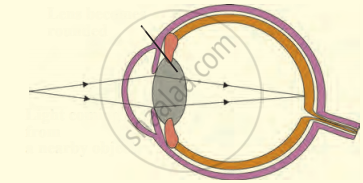
The pigmented circular area seen in front of the eye:
Match the following:
| Column - I | Column - II |
| 1. Retina | a. Path way of light |
| 2. Pupil | b. Far point comes closer |
| 3. Ciliary muscles | c. near point moves away |
| 4. Myopia | d. Screen of the eye |
| 5. Hypermetropia | e. Power of accommodation |
Where is the following located?
Yellow spot
